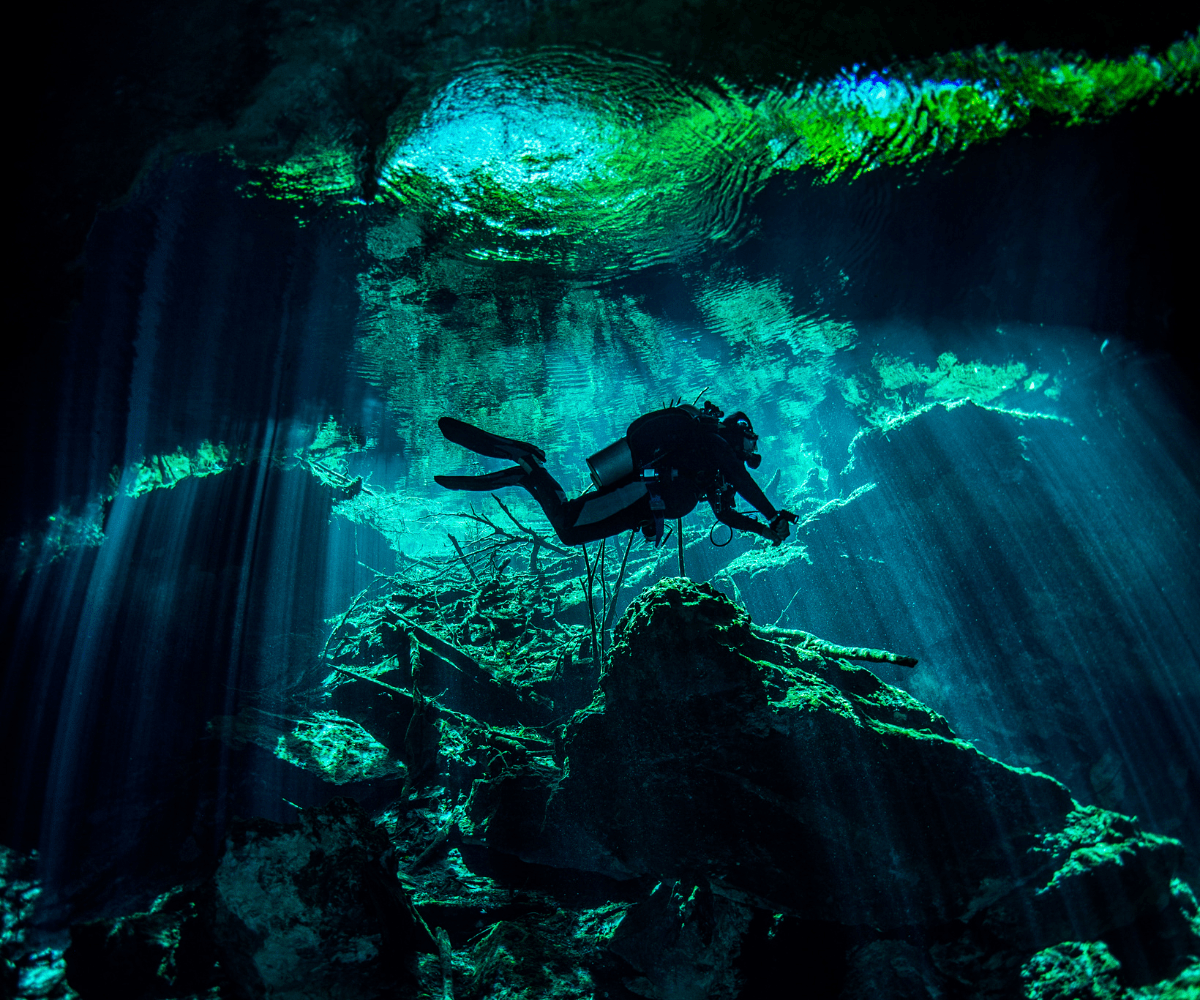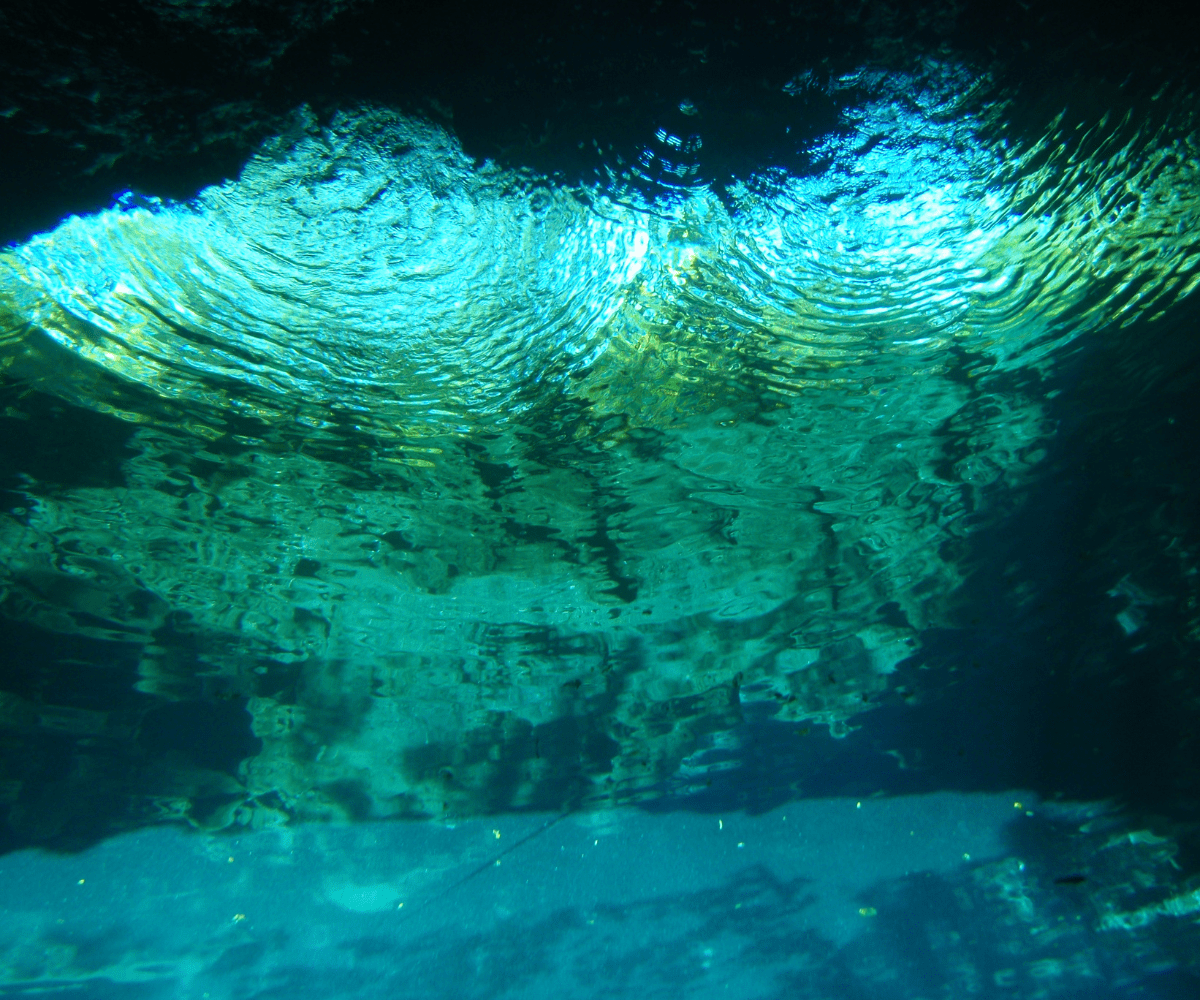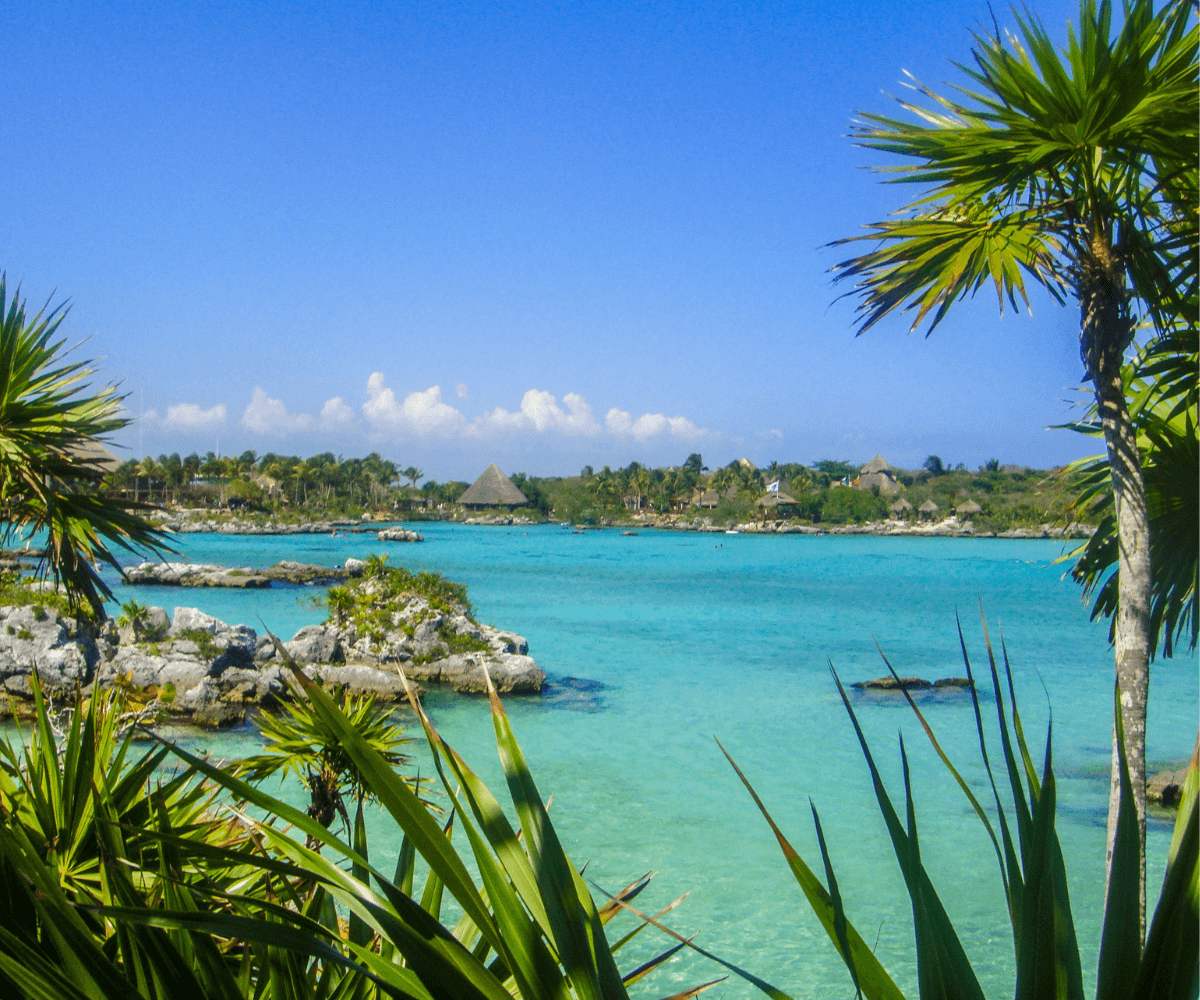Discover the Mystical Beauty of Cenotes in Mexico
April 19, 2024
With proper preparation, visiting a cenote can be both enjoyable and eco-friendly, enhancing your connection with nature
Cenotes are not just geological marvels. They hold deep cultural significance for the Maya civilization. For the Maya, these water-filled caverns were sacred, serving as sites for rituals and a vital source of freshwater.
Today, cenotes are a magnet for travelers. They offer a unique blend of natural beauty, adventure, and cultural immersion, from swimming in crystal-clear waters to exploring the intricate cave systems, the allure of cenotes is undeniable.
However, with increasing popularity comes the responsibility of preservation. As we delve into the world of cenotes, we'll also explore how to visit them respectfully. We'll discuss sustainable travel practices that ensure these natural treasures continue to captivate future generations.

What Are Cenotes? Mexico’s Natural Treasures
Cenotes are geological formations found primarily in the Yucatán Peninsula in Mexico. They are natural pits or sinkholes resulting from the collapse of limestone bedrock. This collapse reveals the groundwater beneath, creating mesmerizing pools.
These cenotes have existed for millions of years. Their formation involves intricate geological processes, making each cenote unique. The Yucatán Peninsula is home to over 6,000 cenotes, each offering its own allure and mystery.
Cenotes are far more than simple swimming spots. Their crystal-clear, mineral-rich waters make them perfect for a variety of aquatic activities. Swimmers, snorkelers, and divers are captivated by their unmatched clarity and the vibrant biodiversity they offer.
Below the surface, cenotes harbor unique and delicate ecosystems. These hidden worlds are home to specialized fish and other cave-dwelling species, showcasing a fascinating balance of life that thrives in these extraordinary environments.
Beyond their ecological value, cenotes are deeply embedded in the cultural fabric of the region.

The Sacred Significance of Cenotes in Maya Culture
For the ancient Maya, cenotes were sacred portals to the underworld and integral to their cosmology. These natural formations served as sites for rituals and offerings to gods such as Chaac, the rain deity.
Archaeological discoveries within cenotes have unveiled artifacts like pottery, sculptures, and even human remains, shedding light on Maya ceremonies and societal structures. Today, cenotes remain culturally significant, often used in modern Maya traditions. Visitors must respect their sanctity, appreciating both their spiritual depth and historical importance.

Exploring the Types of Cenotes
Cenotes vary in form and accessibility, offering distinct experiences:
- Open Cenotes: Fully exposed to the sky, resembling natural pools.
- Semi-Open Cenotes: Partially covered, blending cavernous ceilings with open sections.
- Ancient Cenotes: Featuring low water levels and often containing dry areas.
- Cave Cenotes: Enclosed underground spaces with limestone formations, ideal for adventure seekers.
Open cenotes provide easy access and stunning views of the surrounding environment. Their crystal-clear waters are ideal for swimming and snorkeling.
Conversely, cave cenotes offer a more adventurous experience, with their secluded nature and mysterious ambiance. Exploring them feels like venturing into ancient, hidden worlds. Understanding these types enhances appreciation for the cenotes' natural beauty. Each type tells a story of the region’s geological past, inviting exploration while requiring respect for their delicate ecosystems.
Read more about it here: Discovering different types of cenotes in the Yucatan Peninsula

Sustainable Travel: Protecting Cenotes for Future Generations
The beauty of cenotes is unmatched yet requires respect. As delicate ecosystems, they thrive with mindful exploration.
Here are some easy but key sustainable practices:
1.- Avoid touching or altering natural formations: Stalactites and stalagmites are incredibly fragile; even light contact can cause irreparable damage. Admire these formations from a distance to ensure their preservation.
2.- Respect cultural artifacts: Leave all artifacts undisturbed. Many cenotes contain items of great importance to Maya heritage. Tampering with these not only disrespects history but can also have legal consequences.
3.- Carry out all trash: Practice basic etiquette by avoiding littering. Removing your trash helps maintain the cenote’s pristine condition and prevents introducing pollutants that could harm the environment.
4.- Avoid sunscreens and insect repellents: Chemicals from these products can harm the delicate ecosystems in cenotes. Opt for biodegradable options and apply them long before entering the water.
5.- Stay on marked paths: Straying off designated trails can damage surrounding vegetation and soil. Stick to marked paths to minimize your impact on the environment.
6.- Keep noise levels down: Maintain a tranquil environment by reducing noise. This enhances the experience for everyone and preserves the serene atmosphere of the cenote.
7.- Verify safety depths before diving or jumping: Always confirm the depth and safety of the water before engaging in activities like diving or jumping.
8.- Follow posted rules and respect local customs: Each cenote may have specific guidelines in place. Adhering to them ensures a respectful and safe visit for all.

Best time to visit a Cenote and what to bring
Timing your visit to Cenotes in Riviera Maya and Yucatan is key to a memorable experience. Mornings usually offer a serene setting with fewer crowds. The early light creates magical reflections in the water, enhancing the natural beauty. Visiting during weekdays, if possible, can also provide a quieter atmosphere. Avoid the busiest times to enjoy a more personal encounter with these natural wonders.
Packing smart can improve your cenote adventure. Essential items ensure comfort and preparedness.
Here's what to bring:
- Swimwear and a towel for quick drying.
- Water shoes for safe traversing of rocky surfaces.
- A reusable water bottle to stay hydrated.
- Biodegradable sunscreen, if necessary, applied beforehand.
- A snorkel and mask to explore underwater marvels.
Remember to respect the cenote environment when packing. Opt for biodegradable and reusable items to minimize impact. With proper preparation, your visit can be both enjoyable and eco-friendly, enhancing your connection with nature.

Experience Cenotes Hassle-Free with the Xenotes Tour by Xcaret
If you want to explore cenotes without worrying about what to bring, the Xenotes Tour by Xcaret has everything covered. This guided experience provides safety, comfort, and adventure, ensuring a stress-free visit with expert guides and full transportation.
The tour includes:
• Round-trip transportation in a comfortable and safe vehicle
• A certified guide who ensures your safety and enhances your experience with interesting insights
• Access to four different types of cenotes, each offering unique activities like zip-lining, kayaking, rappelling, and swimming
• High-quality safety equipment for all activities
• Gourmet picnic and non-alcoholic drinks
• Eco-friendly amenities, such as biodegradable insect repellent
With everything provided, all you need to do is enjoy the beauty and magic of the cenotes worry-free!
Buy your ticket to Xenotes Tour here: Get your admission


Editora de Blog Xcaret. Comunicóloga que ama viajar, escribir, tomar fotografías y estar siempre rod...

Posts Relacionados
Grupo Xcaret
Hotels





